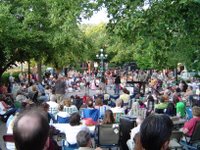 In a response to recent city commission decisions that lack community acceptance as well as bypass normal process requirements, these t-shirts are being sold by members of two neighborhoods as a means of highlighting the issue. The "Attainable Housing Downtown Density Bonus" plan could add up to 6000 new housing units in downtown. The School Ave proposal has the capability of adding 1800 new units to a 9 acre strip along Payne Park.
In a response to recent city commission decisions that lack community acceptance as well as bypass normal process requirements, these t-shirts are being sold by members of two neighborhoods as a means of highlighting the issue. The "Attainable Housing Downtown Density Bonus" plan could add up to 6000 new housing units in downtown. The School Ave proposal has the capability of adding 1800 new units to a 9 acre strip along Payne Park.One of the proposals is the School Ave proposal, a privately sponsored comprehensive plan amendment. It combines a conventional land-use change petition to amend the comprehensive plan, with a "proffer" including the desired zoning, site plan and other specific details. Usually the land-use petition is decided first, and only then would the zoning be decided. Because this is a unique experiment, it will governing how subsequent "land use and proffers" are handled. To date, the record is not good.
After the applicant missed a filing deadline, the planning staff recommended the petition be halted. That was overruled by higher authority within city hall. When the planning staff and Planning Board recommended denial of the petition, the applicant showed up at the last instant before the City Commission with a brand-new proposal – unseen by the Planning Board, Planning Staff or the neighborhood. It passed on a vote of 3-2 without the commission receiving input from either its planning staff or the Planning Board. While legal, historically this is very unusual for a comprehensive plan amendment.
The applicant was joined at the public hearing by a new partner, Habitat for Humanity. Its director testified under oath that Habitat and the applicant had reached an agreement for Habitat to take over part of the project. Subsequently it was discovered there was no agreement, and that the board of directors of Habitat were not aware of their director's involvement. After commission approval, the applicant missed another deadline, and the planning staff again recommended the petition be halted. They were joined by the City Clerk, City Manager and assistant City Attorney.
A third and different plan was unveiled at a "neighborhood meeting" in mid-August. Habitat remained involved, but the petitioner stated there still was no agreement between the two organizations.
To date, the project has been opposed by the two nearby neighborhoods (Alta Vista and Terrace Gardens), several nearby neighborhoods, the Coalition of City Neighborhood Associations, the City's professional planning staff, the City Planning Board, the City Clerk, the City Manager and the assistant City Attorney. All of them are saying this experiment has failed, and should be started afresh.
The petition sets a frightening example by forcing Downtown Core zoning on a residential neighborhood. Neither Alta Vista nor Terrace Gardens were part of the Downtown Master Planning process. The applicant has not wavered in the desire to create a project that would double the overall density of the surrounding neighborhood, and offered no traffic mitigation proposals.
If it can happen here, it can happen anywhere in the city.
[Submitted information]

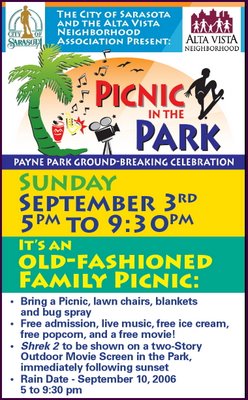
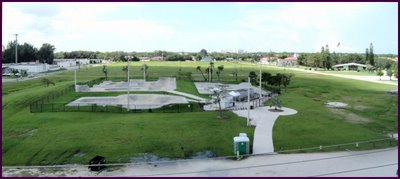


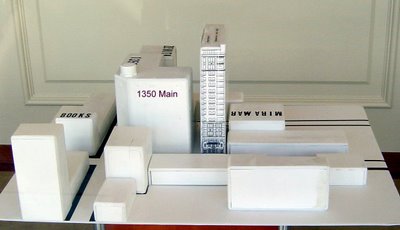 The model can be viewed at the "1350 Main" sales office across Main from the Sports Page.
The model can be viewed at the "1350 Main" sales office across Main from the Sports Page.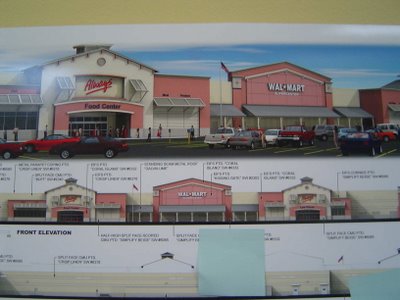


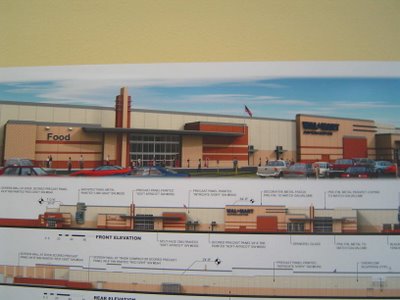

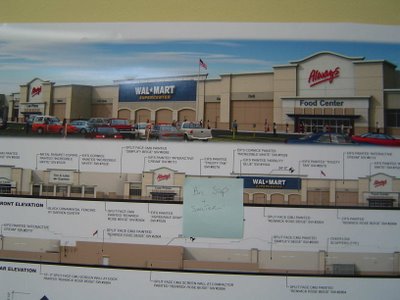
 On a visit north this summer, we spent an evening in the
On a visit north this summer, we spent an evening in the 